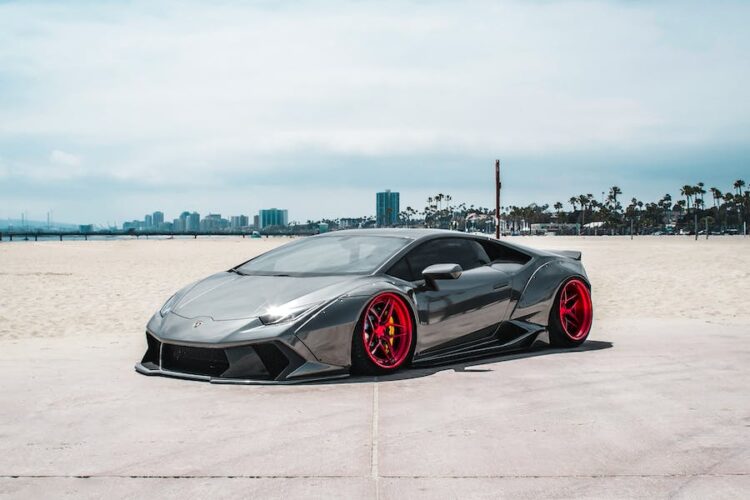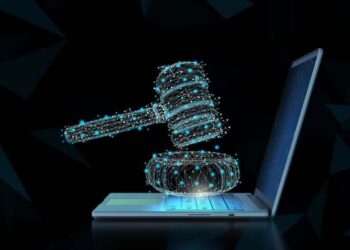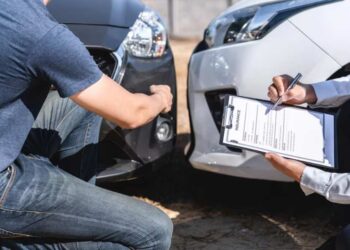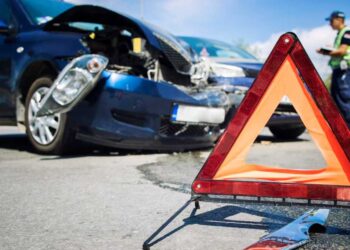A robot uprising isn’t expected to happen (or at least not yet), but there’s always a certain level of risk if we rely on artificial intelligence, and driving a car is one of them. Self-driving vehicles are becoming more accessible to consumers. As a matter of fact, the market for autonomous cars is expected to value at $62 billion by 2026.
New products are unveiled each year as consumers are urged to step into the future and embrace AI-powered vehicles. However, just like any new piece of tech, self-driving cars are a subject of controversy, much of which centers on the safety of both drivers and pedestrians.
Does AI Equal Safety?
New and emerging technology is good, but it comes with initial tradeoffs. At a time when motorcars were first introduced in the early 20th century, people were quick to point out how unsafe they were. Over time, safety concerns led to design improvements that dramatically reduced road accidents.
The concept itself is revolutionary, but the National Law Review notes that such vehicles have a higher rate of accidents compared to regular vehicles. Driverless cars average 9.1 accidents per million miles. This is more than the number of accidents involving regular cars at 4.1 per million miles.
While the industry’s leading manufacturers like Tesla and Pony.ai continue to refine their design processes, legal experts are weighing down on how to confront accidents caused by fully autonomous cars and the long-term consequences thereof.
A Matter of Regulation
Arguments in favor of self-driving vehicles say they are safer alternatives to human-operated cars. Citing how drunk driving and human error make up the bulk of accident statistics, proponents view AI-operated cars as a safer alternative to
According to an article by the American Bar Association, about 29 states have passed laws that specifically cover driverless cars. There is still a need to come up with comprehensive Federal safety standards. For now, matters such as licensing, vehicle registration, and liability fall in the hands of local governments.
Accidents involving autonomous cars will raise more questions than answers. For one, should the person behind the wheel be held liable? Or should the manufacturer of the AI system take the blame? How about insurance? Can an injured person make a claim if the cause is a faulty AI system?
The technology is new and laws regulating it are still in the works. Nonetheless, car accident lawyers in Louisiana like Accident Attorney Stephen Babcock are following developments as they occur. For now, people who were injured by self-driving cars can use certain legal remedies in order to get compensated.
Suing Robot Cars: Where Do You Start?
Car accident cases are anchored on one question: “Who should be liable for damages, injuries, and long-term hardship?” This won’t be easy to answer if the situation involves self-driving cars. However, plaintiffs and their lawyers can explore three possible areas for filing a complaint.
In a regular scenario, you can file a claim against another party whose proven negligence led to the accident. In some states, you can also be at fault if there is evidence of your own negligence. There are also instances when car manufactures get sued for factory defects. All in all, it comes down to who is doing the driving.
Determining Liability in the Era of AI
Knowing that most autonomous cars still require a driver behind the wheel, you can file a claim against the owner of the vehicle for failing to take over. AI systems can only do so much as their algorithms tell them to. With this, drivers can still be held liable especially if they have foreknowledge about their vehicles’ limitations.
The technology is continuously shifting as manufacturers develop smarter and more responsive AI. As fully autonomous cars become widespread, some states have agreed to hold the manufacturers at fault.
Under the principle of product liability, manufacturers are required to ensure that their products are safe to use on the road. If a vehicle is designed to be 100% autonomous, the manufacturer must be held into account. If, on the other hand, the vehicle still requires manual operation, then it’s the driver of the vehicle who should assume liability.
What to Expect in the Future
Knowing who is liable is only the tip of the iceberg. As AI technology continues to improve, legislators and lawyers will have to develop a clear national framework for launching lawsuits for injuries and damages.










